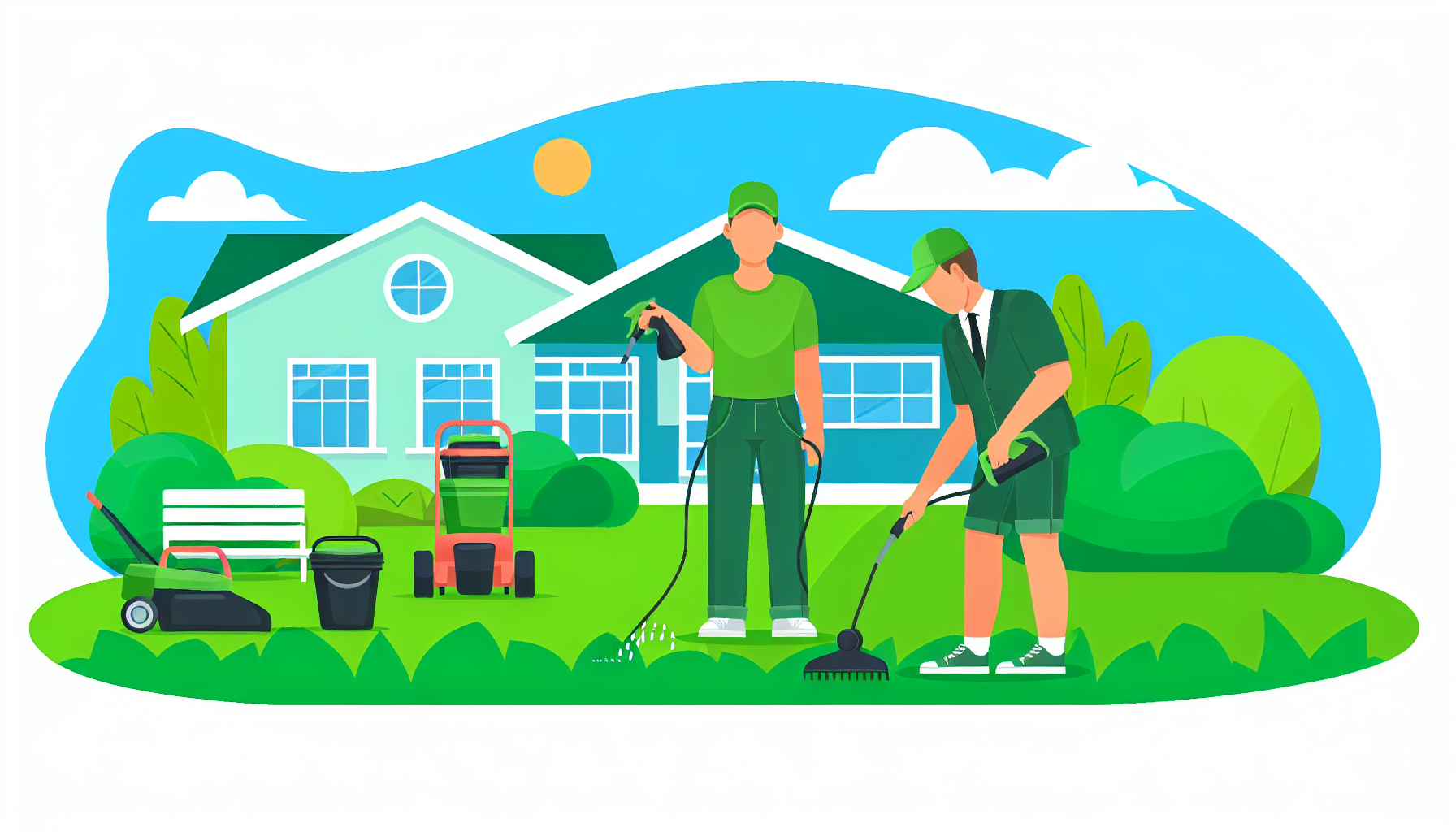
Having a well-maintained lawn not only enhances the beauty of your property but also provides a space for relaxation and outdoor activities. Proper lawn care involves a combination of techniques and practices aimed at nurturing and preserving the health and appearance of your grass. In this article, we will delve into the world of lawn care, exploring its history, principles, benefits, modern applications, and more.
Table of Contents
- History/Origins
- How It Works/Principles
- Types/Variations
- Benefits/Importance
- Modern Applications
- Learning/Implementation Guide
- Real-World Examples
- Limitations
- FAQ Section
- Key Takeaways
- Related Topics
- Conclusion
History/Origins
The concept of cultivating lawns dates back to ancient civilizations such as the Persians and Greeks, who maintained grassy areas for recreational purposes. In the 16th century, lawns became popular in Europe among the aristocracy as a symbol of wealth and status. The modern lawn care industry emerged in the 19th century with the invention of lawn mowers and specialized turf management techniques.
How It Works/Principles
Lawn care involves a set of principles aimed at promoting healthy grass growth. These principles include proper mowing, watering, fertilizing, aerating, and weed control. By following these practices, you can ensure that your lawn remains vibrant and lush throughout the year.
Types/Variations
There are various types of grass species used in lawns, each with its own characteristics and maintenance requirements. Common grass types include Bermuda grass, Kentucky bluegrass, Zoysia grass, and St. Augustine grass. The choice of grass type depends on factors such as climate, soil type, and desired aesthetics.
Benefits/Importance
Maintaining a healthy lawn offers numerous benefits, both aesthetic and environmental. A well-kept lawn enhances the curb appeal of your property, increases property value, provides a safe play area for children and pets, reduces soil erosion, improves air quality, and promotes biodiversity by providing habitat for insects and small animals.
Modern Applications
Advancements in lawn care technology have led to the development of automated irrigation systems, soil testing kits, organic fertilizers, and eco-friendly pest control products. These innovations make it easier for homeowners to maintain their lawns in an environmentally sustainable manner.
Learning/Implementation Guide
To achieve a healthy and vibrant lawn, follow these steps:
- Regularly mow your lawn to the appropriate height.
- Water deeply and infrequently to encourage deep root growth.
- Fertilize your lawn according to the needs of your grass type.
- Aerate the soil to improve air and water penetration.
- Control weeds and pests using safe and effective methods.
Real-World Examples
For example, the city of Portland, Oregon, has implemented a sustainable lawn care program that encourages residents to use organic lawn care products and practices to protect water quality in local rivers and streams. This initiative has led to a significant reduction in chemical runoff and improved overall soil health in the region.
Limitations
While proper lawn care can yield numerous benefits, it also has limitations. Maintaining a pristine lawn requires time, effort, and resources. Additionally, overuse of chemical fertilizers and pesticides can harm the environment and human health. It is essential to strike a balance between a beautiful lawn and sustainable lawn care practices.
Key Takeaways
Proper lawn care is essential for maintaining a healthy and attractive lawn. By following best practices such as mowing, watering, fertilizing, and aerating, you can ensure that your lawn thrives year-round. Sustainable lawn care practices help protect the environment and promote biodiversity.
Related Topics
For more information on gardening and landscaping, consider exploring topics such as organic gardening, xeriscaping, and composting to further enhance your outdoor space.
Conclusion
In conclusion, lawn care is a fundamental aspect of property maintenance that offers a myriad of benefits for homeowners and the environment. By understanding the principles of lawn care and implementing sustainable practices, you can enjoy a lush green lawn that enhances the beauty of your outdoor space. Remember to prioritize environmental stewardship and biodiversity in your lawn care efforts.
For more resources and tools on lawn care, check out the following authoritative websites:
- National Association of Landscape Professionals
- The Lawn Institute
- University Extension Programs
- Environmental Protection Agency – GreenScapes Program
- American Horticultural Society
Start your journey to a healthier, greener lawn today!